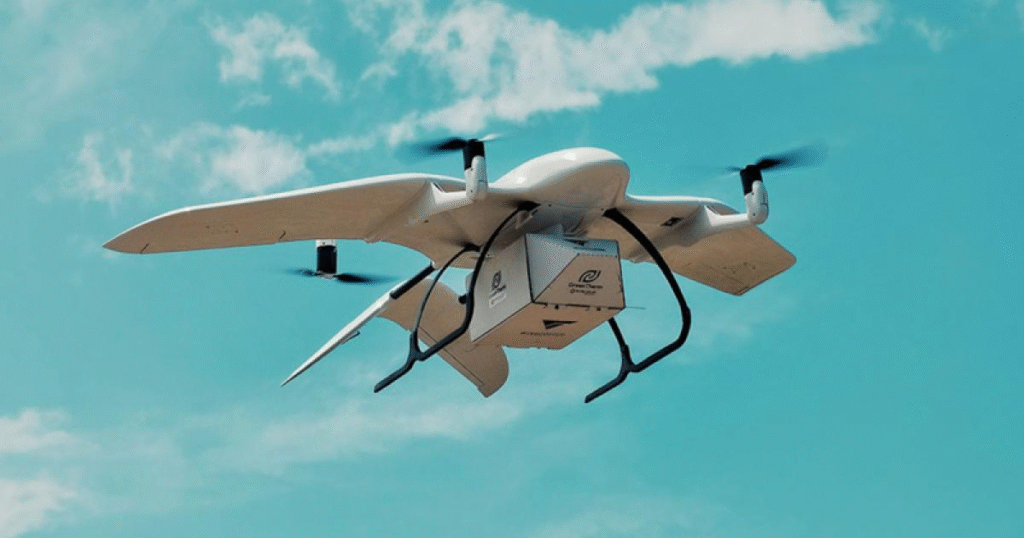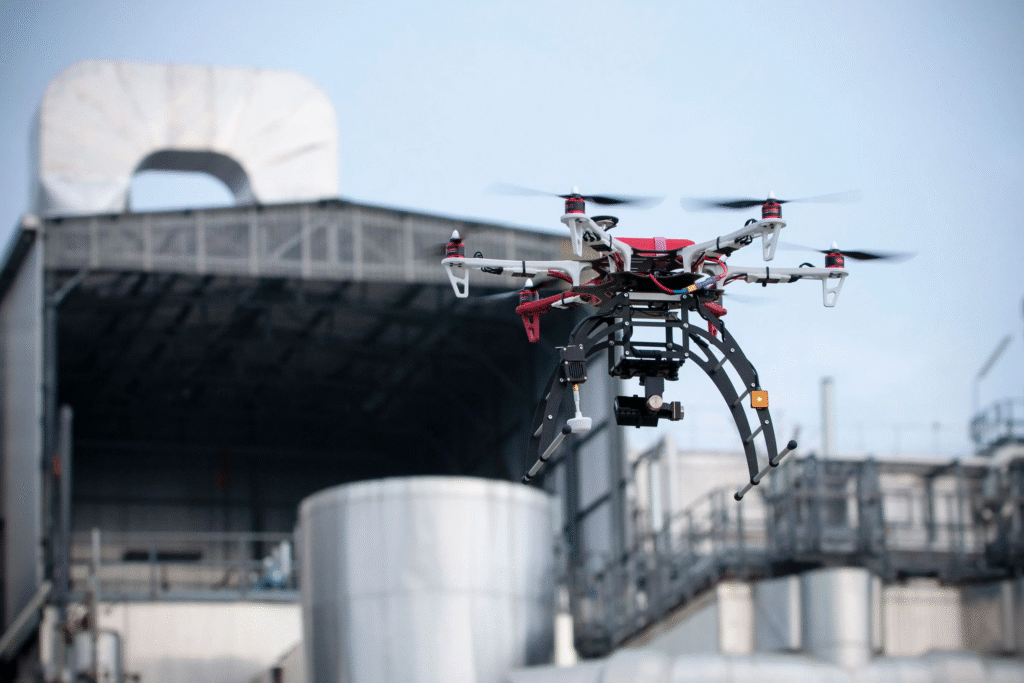
Introduction
The rise of Unmanned Aircraft Systems (UAS), commonly referred to as drones, is reshaping global aviation. In East Africa, these technologies are being embraced for diverse purposes—from agricultural monitoring and wildlife protection to humanitarian aid delivery and infrastructure inspection. While UAS offer promising benefits, their increasing presence in civilian airspace raises important safety and regulatory concerns. Managing these systems in a way that protects traditional air traffic, people on the ground, and the broader aviation ecosystem is now a pressing issue for regional authorities. This article examines the state of UAS integration in East Africa, the associated safety risks, and the efforts underway to build robust frameworks for safe coexistence in national and cross-border airspace.
The Growth of UAS Applications in East Africa
UAS adoption across East Africa has accelerated post-2020, especially due to their affordability and adaptability in challenging environments:
- Kenya has deployed drones for traffic monitoring, surveillance, and mapping in Nairobi, and agricultural firms use them to manage large plantations.
- Rwanda is a global pioneer in drone-delivered blood and medical supplies through Zipline, operating fixed routes with fixed-wing drones.
- Uganda, Tanzania, and Ethiopia have also explored drone usage for law enforcement, environmental protection, and remote area connectivity.
- Somalia and South Sudan see occasional use of UAS for peacekeeping support and infrastructure assessment in areas with poor road access.
These developments have brought UAS closer to manned aviation systems, increasing the need for coordinated management of shared airspace.
Challenges in UAS-Airspace Integration
- Airspace Deconfliction
Most East African countries still operate under legacy air traffic control systems not designed to handle low-altitude, non-cooperative drones. Without reliable tracking, there’s a risk of mid-air collisions with manned aircraft—especially helicopters, agricultural planes, or emergency response aircraft operating at lower levels.
- Inconsistent Regulatory Frameworks
UAS policies vary significantly across East Africa. While countries like Rwanda and Kenya have developed structured regulatory systems under their civil aviation authorities, others like Burundi and Somalia lack comprehensive UAS policies. This disparity creates gaps in enforcement and difficulties in cross-border drone operations, especially for international humanitarian or environmental missions.
- Limited Surveillance Infrastructure
Most states in the region lack ground-based radar coverage for low-altitude drone operations. This means air navigation service providers (ANSPs) cannot detect or track drones unless they’re transmitting location data via ADS-B or similar systems, which many commercial drones lack.
- Unauthorized or Reckless Use
Due to limited enforcement capacity and low public awareness, incidents of unauthorized UAS operation—including flights near airports or urban centers—have been reported across East Africa. Such events pose serious safety risks, especially to aircraft during takeoff and landing.

- Data Security and Civil Liberties
The increasing use of drones for surveillance by both private entities and security agencies has raised questions about data privacy and public safety, particularly in politically sensitive or conflict-prone regions like South Sudan and Ethiopia.
Current Efforts at Integration and Safety Assurance
- National UAS Regulations
Civil aviation authorities in Kenya (KCAA), Rwanda (RCAA), and Uganda (UCAA) have introduced drone registration systems, pilot licensing requirements, flight altitude limits, and no-fly zone policies. These regulations aim to formalize UAS use while protecting controlled airspace and sensitive infrastructure.
Rwanda’s system is especially notable for permitting beyond visual line of sight (BVLOS) operations under specific licensing and route conditions—making it one of Africa’s most drone-friendly environments.
- UAS Traffic Management (UTM) Trials
Some states have begun piloting UTM platforms—digital systems designed to manage drone traffic below traditional airspace. Kenya and Rwanda have partnered with tech providers and international aviation organizations to trial remote ID technologies, geofencing, and automated deconfliction protocols.
While still in early stages, these trials lay the groundwork for safe and scalable UAS operations across the region.
- Regional Cooperation Through CASSOA
The East African Community, through its aviation safety body (CASSOA), is advocating for harmonized drone regulations. Draft guidelines aim to align national policies with ICAO standards and support interoperability across borders—critical for emergency aid delivery and regional development.
- Capacity Building and Public Awareness
Workshops, pilot training programs, and public information campaigns are being conducted to promote safe UAS use. Regulatory authorities are also engaging drone operators and tech startups to ensure policy development reflects on-the-ground realities.
Recommendations for Safe UAS Integration
- Expand Surveillance Infrastructure
Investments in radar systems, ADS-B receivers, and satellite-based monitoring tools are needed to ensure real-time drone tracking. This will support safe integration into existing airspace and enable better enforcement.
- Promote Technology-Driven Compliance
Mandating features such as geofencing, remote identification, and return-to-home failsafes in commercial drones can help reduce unauthorized operations. Regulators should work with manufacturers to ensure safety technology is built into drones sold in the region.
- Strengthen Legal and Operational Frameworks
Governments should revise aviation laws to clearly define categories of UAS operations (e.g., recreational, commercial, state use), operational limitations, and liability issues. Licensing and certification schemes should be affordable and accessible to encourage compliance.
- Enhance Regional Harmonization
CASSOA’s harmonization efforts should be accelerated, with member states formally adopting common UAS standards. A regional UTM strategy could reduce duplication of efforts and improve coordination of cross-border missions.
Conclusion
As drones become more common in East African skies, managing their integration into airspace alongside manned aircraft is a crucial challenge. The region has made meaningful strides in developing UAS regulations and testing traffic management systems, but gaps remain—particularly in surveillance, enforcement, and harmonization. By embracing smart regulation, investing in safety infrastructure, and promoting regional cooperation, East Africa can unlock the full potential of drones while ensuring that safety remains paramount in its rapidly evolving aviation environment.


